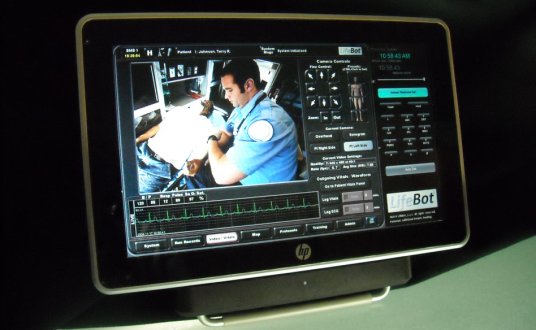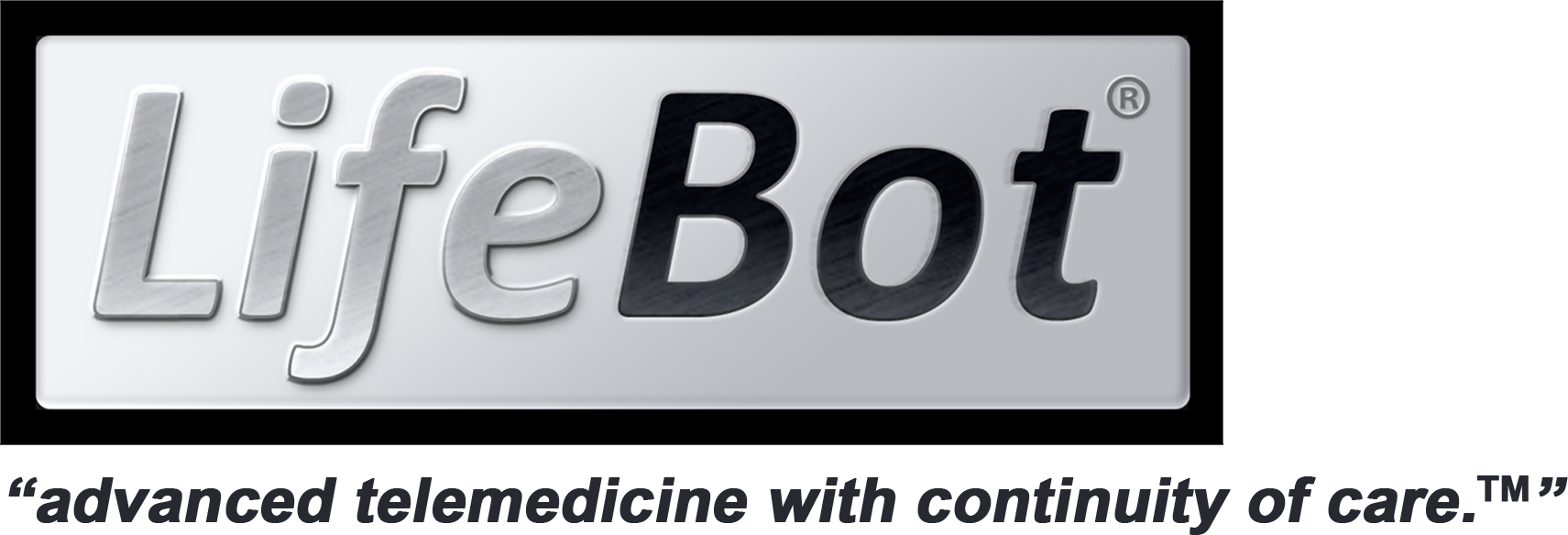 by Dan White – LifeBot® Slate allows for the live transmission of patient physiological vital signs and trended video, voice, and data..
by Dan White – LifeBot® Slate allows for the live transmission of patient physiological vital signs and trended video, voice, and data..
One thing that many of the new medical products hitting the market nowadays have in common is that they are often electronic. However, it can be the case that they lack compatibility and the functionality to talk to your destination facility.
There have only been a few and limited technology tests of pre-hospital telemedicine projects. Proprietary algorithms and hardware limitations have thus far prevented it. But this month, we can take a sneak peek at a potentially groundbreaking solution to this problem, the LifeBot® Slate.
The new LifeBot Slate is a Hewlett-Packard-based Windows Tablet PC, powered by the DREAMS telemedicine software. DREAMS (Disaster Relief and Emergency Medical Services) telemedicine software was developed with trauma surgeon, James ‘Red’ Duke, and the U.S. Military.
This system allows for the live transmission of patient physiological vital signs and trended video, voice, and data. Everything is recorded and selectively stored in an on-board SQL database server. This data may then be forwarded or ported to an EHR (Electronic Health Record) system.
LifeBot functions as a seamless integrator for all your digital data into a hand-held device, and then feeds it onward. You can hook up your ECG to it, hook up your vital signs monitor and pulse oximeter, even hook up your electronic stethoscope.
You can also stream video of all this data, your picture, and video of the patient — all at the same time. For the first time, all these machines can “talk” to the ER, and we can stop “talking through” all of this basic data ourselves.
LifeBot has the potential to redistribute hundreds if not thousands of man-hours. Instead of taking two minutes to talk through a patient report, which is typically incomplete, you could see everything almost instantly. On patients with less than critical injuries, this feature will save a lot of wasted time.
The LifeBot® physical package is surprising ergonomic, and somehow intuitive. It feels natural, like grabbing the steering wheel of a car. LifeBot® only weighs 1.5 pounds, and it is a little smaller form factor than an Apple I-Pad.
